Learning How to Put Equity in the Driver’s Seat
A practice-driven, equity-centered approach for setting education Research & Development agendas
Education research is too often based on gaps in published research or the niche interests of researchers, rather than the priority challenges faced by schools and districts. As a result, the education studies that researchers design and publish are often not applicable to schools’ most pressing needs.
Additionally, though students at the margins—including Black and Latinx students, students experiencing poverty or trauma, students with learning differences, and English learners—often have very different experiences in schools than their white, middle class, and native English-speaking peers, the needs of students who could benefit most from new innovations rarely drive education research and development (R&D). These different experiences are explored in an article, “The Science of the Individual” by Rose, Rouhani, & Fischer (2013).
Developing practice-driven, equity-centered R&D agendas
To spur future research to address the specific equity goals of schools and districts, Digital Promise set out to define and test Equity in the Driver’s Seat, a collaborative process for developing practice-driven, equity-centered R&D agendas. Our process centered on convening a range of education stakeholders to listen to and prioritize the equity-related challenges that on-the-ground staff are facing, while considering prominent gaps in existing research and solutions.
We selected two challenge topics around which to pilot this approach and create sample agendas (adolescent literacy and computational thinking), then identified teams from four League of Innovative Schools districts (Fox Chapel Area School District, Indian Prairie School District, Iowa City Community School District, and Talladega County Schools) to partner with us.
Organizing and facilitating this convening involved eight key steps:
What we learned: context-driven needs and creation of useful protocols
The R&D agendas that resulted from the convening are meant to spur research and interventions that support teachers to improve instruction in adolescent literacy, writing, and computational thinking, especially for the most traditionally underserved students. Many of the research questions shaped by the challenges districts presented are very specific and context-based. Therefore, convening participants generated an agenda, not the agenda for each challenge topic.
Another feature that distinguishes these agendas from traditional research agendas is the inclusion of development priorities. Convening participants emphasized how important it is for educators to have access to tools and resources to leverage and apply research findings. Without workable solutions to try, many practitioners find it difficult or impossible to pull out strategies or interventions from the research to address their specific problems of practice. By featuring the need for tools and resources alongside research questions, these agendas are clearly practice-driven.
The Equity in the Driver’s Seat convening yielded useful protocols for centering practice in generating R&D questions and underscored the effort and intentionality required to maintain a focus on equity throughout the conversation. Through ongoing work, including Inclusive Innovation projects, we will continue to learn about how to spotlight equity in identifying questions to research, creating development criteria, defining outcomes that matter to marginalized communities, and understanding implementation factors that shape inclusion.
Check out the full report for more details about our process, the sample agendas, and key learnings.
References:
Coburn, C.E., Penuel, W.R., & Geil, K.E. (January 2013). Research-Practice Partnerships: A Strategy for Leveraging Research for Educational Improvement in School Districts. William T. Grant Foundation, New York, NY.
Rose, L. T., Rouhani, P., & Fischer, K. W. (2013). The Science of the Individual. Mind, Brain & Education, 7(3), 152–158. https://doi-org.udel.idm.oclc.org/10.1111/mbe.12021
Liberman, B. & Young, V. (2020). Equity in the driver’s seat: A practice-driven, equity-centered approach for setting R&D agendas in education. San Mateo, CA: Digital Promise.
About the authors:
Babe Liberman is Project Director, Research Communications at Digital Promise, where she connects education research and practice through communications and partnership. Babe can be reached at babe@digitalpromise.org.
Dr. Viki Young is Senior Research Director at Digital Promise, where she leads research and evaluation projects that embed questions of equity and are grounded in educators’ work. Viki can be reached at vyoung@digitalpromise.org.

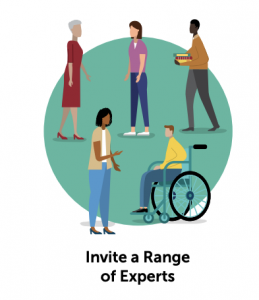
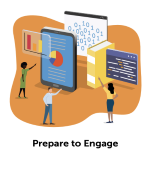
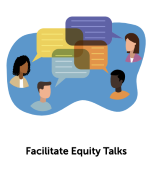
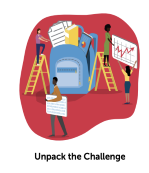

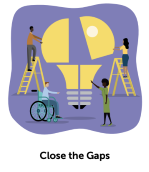
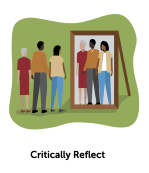
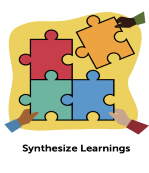
Published by